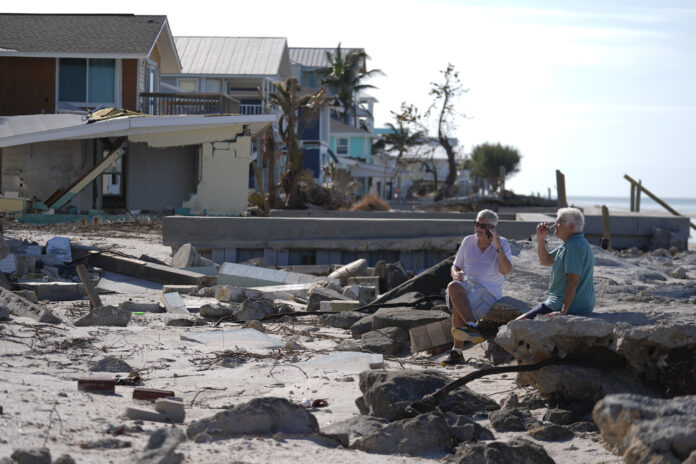The United States is grappling with the aftermath of an unprecedented double strike from two historic hurricanes—Helene and Milton—which have wreaked havoc across the same regions in Florida, causing widespread devastation, tragic loss of life, and a massive displacement of people. This dual onslaught, occurring in rapid succession, has left entire communities shattered and overwhelmed, while also overshadowing the final stretch of the U.S. election season.
The toll of these back-to-back hurricanes is staggering:
- Death toll: At least 277 lives have been lost, with 250 fatalities from Hurricane Helene and another 27 from Hurricane Milton.
- Widespread destruction: Initial damage estimates from both storms are nearing $70 billion, with Helene causing around $40 billion in damage and Milton adding another $30 billion.
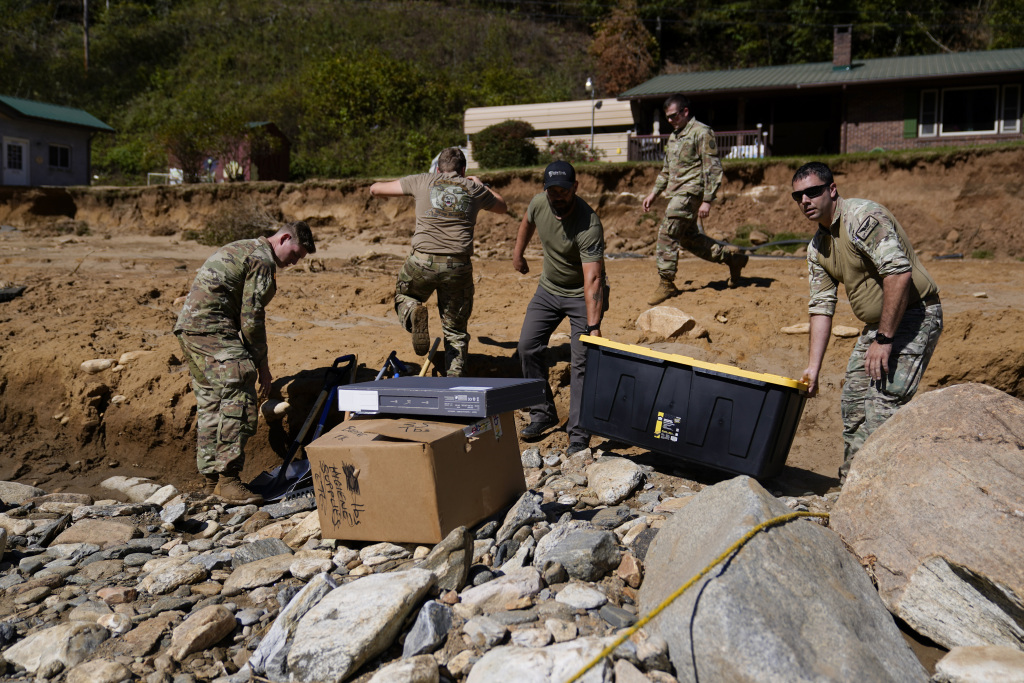
- Mass evacuations: Millions were forced to flee their homes in the face of these powerful storms, leaving behind devastated communities that now face long and difficult recoveries.
- Infrastructure collapse: Both hurricanes caused catastrophic flooding, storm surge, and wind damage, destroying homes, businesses, and critical infrastructure across Florida, Georgia, and beyond.
- Election disruption: The devastation has severely disrupted local and state election preparations, particularly in Florida, a key swing state, adding an extra layer of uncertainty to an already contentious U.S. election season.

Hurricane Helene was a catastrophic tropical cyclone that wreaked havoc across the Southeastern United States in late September 2024. It holds the distinction of being the most powerful hurricane ever recorded in the Big Bend region of Florida, and it became the deadliest Atlantic hurricane since Maria in 2017, as well as the most lethal to hit the mainland U.S. since Hurricane Katrina in 2005.
Shocking death toll and damage estimates
Helene was the eighth named storm, fifth hurricane, and second major hurricane of the 2024 Atlantic hurricane season. It originated on September 22 as a broad low-pressure system in the western Caribbean Sea. By September 24, the disturbance had organized enough to be classified as a tropical storm as it neared the Yucatán Peninsula, earning the name Helene from the National Hurricane Center.
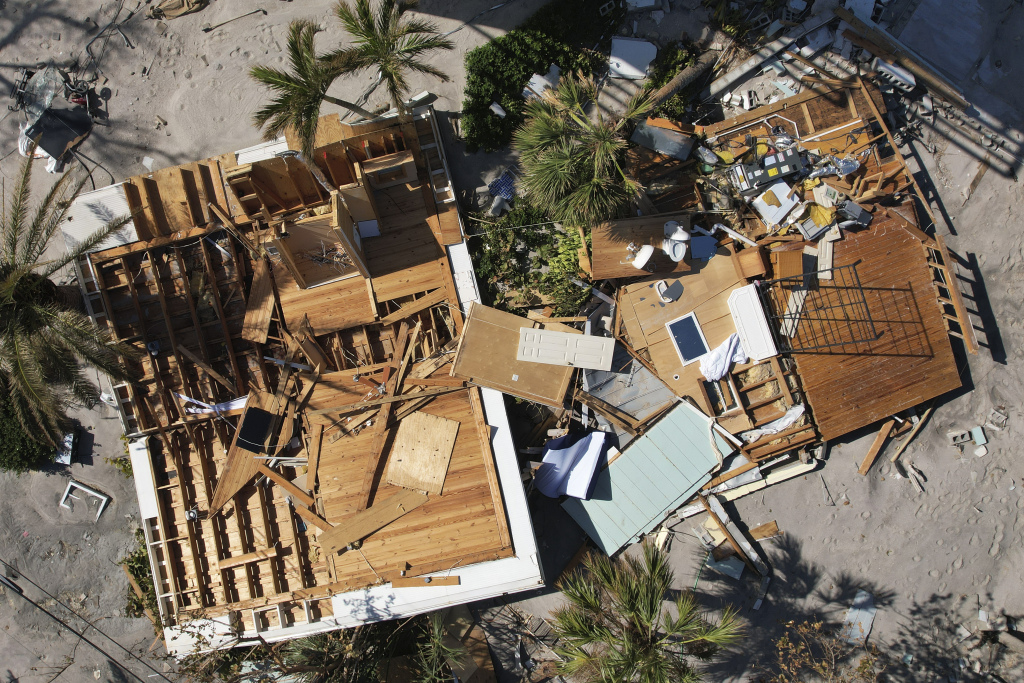
Favorable weather conditions contributed to the storm’s intensification, and it became a hurricane by early September 25. Helene underwent rapid intensification as it crossed the Gulf of Mexico, reaching Category 4 status by the evening of September 26. It made landfall later that night at peak strength, near Perry, Florida, with maximum sustained winds of 140 mph (220 km/h). After moving inland, Helene rapidly weakened, becoming a post-tropical cyclone over Tennessee on September 27. The system stalled over the state before dissipating on September 29.
In preparation for Helene’s arrival, states of emergency were declared in Florida and Georgia due to expected severe impacts, including dangerous storm surge along the coast and hurricane-force winds reaching as far inland as Atlanta. Hurricane warnings were extended further inland due to the storm’s rapid movement. The storm caused catastrophic flooding from intense rainfall, particularly affecting western North Carolina, East Tennessee, and southwestern Virginia. It also spawned multiple tornadoes.
As of October 12, at least 250 people had lost their lives due to the storm. Initial damage estimates were close to $40 billion.
Unprecedented evacuations and community displacement
Just weeks after Helene’s destruction, Hurricane Milton struck, further compounding the devastation in Florida. Milton was an exceptionally powerful tropical cyclone, becoming the second-most intense Atlantic hurricane on record in the Gulf of Mexico, surpassed only by Hurricane Rita in 2005. Milton made landfall on Florida’s west coast less than two weeks after Helene.
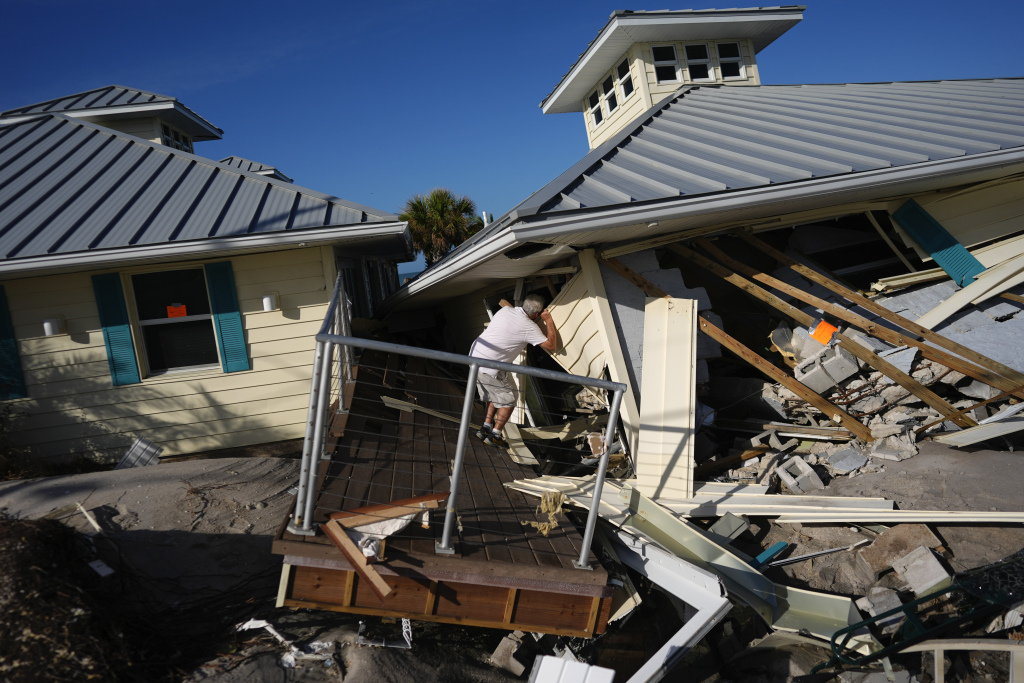
The thirteenth named storm, ninth hurricane, fourth major hurricane, and second Category 5 hurricane of the 2024 Atlantic season, Milton stands as the strongest tropical cyclone worldwide in 2024 to date. It developed from a long-tracked tropical disturbance originating in the western Caribbean Sea, which consolidated into a tropical storm in the Bay of Campeche on October 5.
Milton underwent gradual intensification as it moved eastward, becoming a hurricane on October 7. That same day, it rapidly intensified into a Category 5 hurricane with maximum winds of 180 mph (285 km/h) and a minimum pressure of 897 millibars (26.49 inHg), making it the fifth-most intense hurricane in Atlantic history.
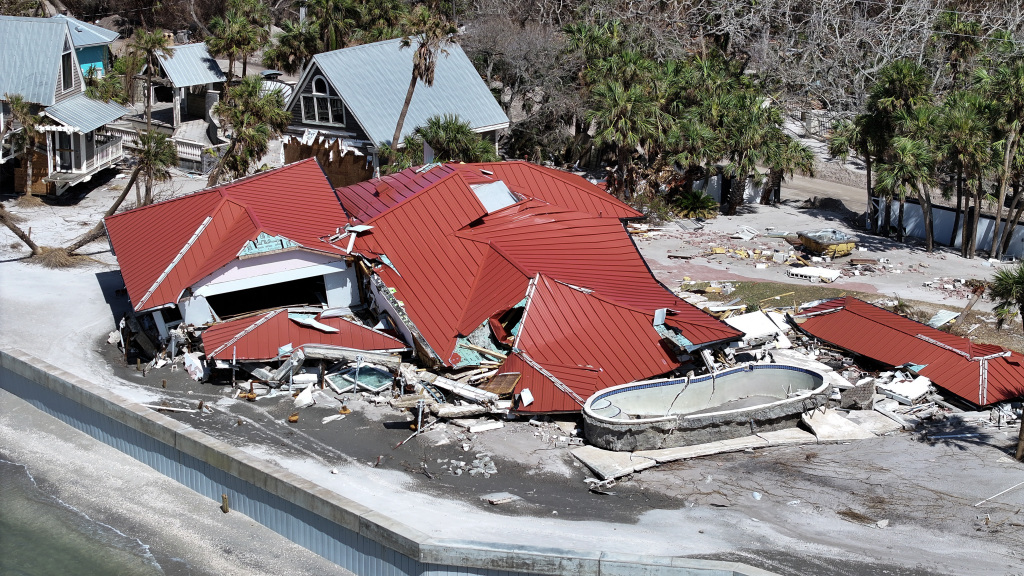
After completing an eyewall replacement cycle, Milton re-strengthened to Category 5 status before weakening due to increasing wind shear as it turned northeast toward Florida. The storm made landfall near Siesta Key as a Category 3 hurricane late on October 9. It weakened rapidly as it crossed the state and transitioned into an extratropical system by October 10 as it merged with a frontal system. The remnants of Milton passed near Bermuda before dissipating on October 12.
Impact on U.S. election and long-term recovery
In anticipation of Milton’s landfall, a state of emergency was declared in Florida, prompting widespread evacuations along the coast. Preparations were also made in Mexico’s Yucatán Peninsula. The hurricane produced a deadly tornado outbreak and caused widespread flooding across Florida.
As of October 14, 2024, Hurricane Milton had claimed at least 27 lives: 24 in the United States and three in Mexico. Preliminary damage estimates place the cost of Milton at around $30 billion.


